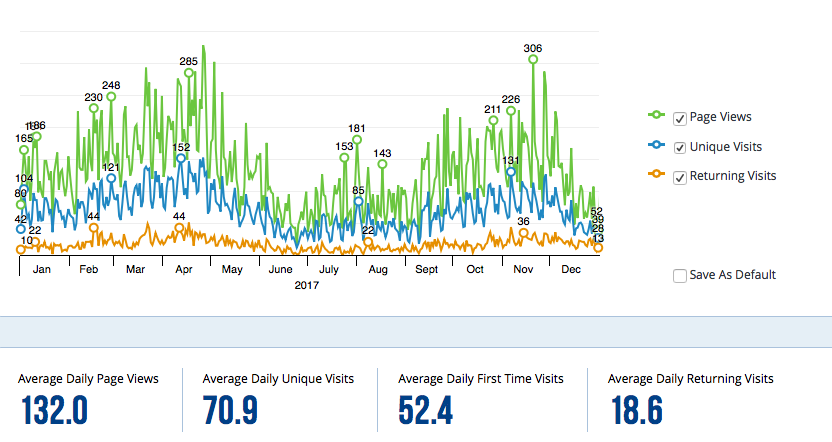 © J. R. Fisher
© J. R. Fisher © J. R. Fisher
© J. R. FisherProlog is a logical and a declarative programming language. The name itself, Prolog, is short for PROgramming in LOGic. Prolog's heritage includes the research on theorem provers and other automated deduction systems developed in the 1960s and 1970s. The inference mechanism of Prolog is based upon Robinson's resolution principle (1965) together with mechanisms for extracting answers proposed by Green (1968). These ideas came together forcefully with the advent of linear resolution procedures. Explicit goal-directed linear resolution procedures, such as those of Kowalski and Kuehner (1971) and Kowalski (1974), gave impetus to the development of a general purpose logic programming system. The "first" Prolog was "Marseille Prolog" based on work by Colmerauer (1970). The first detailed description of the Prolog language was the manual for the Marseille Prolog interpreter (Roussel, 1975). The other major influence on the nature of this first Prolog was that it was designed to facilitate natural language processing.
Prolog is the major example of a fourth generation programming language supporting the declarative programming paradigm. The Japanese Fifth-Generation Computer Project, announced in 1981, adopted Prolog as a development language, and thereby focused considerable attention on the language and its capabilities. The programs in this tutorial are written in "standard" (University of) Edinburgh Prolog, as specified in the classic Prolog textbook by authors Clocksin and Mellish (1981,1992). The other major kind of Prolog is the PrologII family of Prologs which are the descendants of Marseille Prolog. The reference to Giannesini, et.al. (1986) uses a version of PrologII. There are differences between these two varieties of Prolog; part of the difference is syntax, and part is semantics. However, students who learn either kind of Prolog can easily adapt to the other kind.
This tutorial is intended to be used to help learn the essential, basic concepts of Prolog. The sample programs have been especially chosen to help promote the use of Prolog programming in an artificial intelligence course. Lisp and Prolog are the most frequently used symbolic programming languages for artificial intelligence. They are widely regarded as excellent languages for "exploratory" and "prototype programming".
Chapter 1 explains the Prolog programming environment for the beginner.
Chapter 2 explains Prolog syntax and many essentials of Prolog programming through the use of carefully chosen sample programs. The sample programs are arranged to guide the student through the development of Prolog programs that are constructed in a top-down, declarative fashion. Care has been taken to cover Prolog programming techniques that are very useful in an artificial intelligence course. In fact, this primer can serve as a convenient, small, concise Prolog introduction for such a course. Semantic issues have been addressed by introducing early the concept of a program clause tree that is used to define in an abstract way what are supposed to be the consequences of a Prolog program specification. The author believes this to be a viable way to promote the basic semantic issues of software verification for Prolog programming. The last section of this chapter introduces an example that shows that Prolog can be effectively used to give careful, precise specifications of systems, contrary to its usual reputation as being hard to document because it is easy to use as an exploratory programming tool.
Chapter 3 explains the operation of the underlying inference engine of Prolog. Chapter 3 should be first read after the student has studied two or three of the sample programs in Chapter 2. The last section in this chapter introduces Prolog meta-interpreters.
Chapter 4 gives an outlined view of the major built-in predicates of Prolog, many of which are exemplified in Chapter 2.
Chapter 5 gives an outline for developing A* search programs in prolog. Section 5.3 has an αβ search program for the game of tic tac toe.
Chapter 6 presents a unique and extensive presentation of a logic meta-interpreter for normal logical rulebases. {Note 9/4/2006: I have edited this chapter heavily, and the section links are all new.}
Chapter 7 gives an introduction to Prolog's built-in grammar parser generator, and a brief overview of how Prolog can be used to parse English (natural language) sentences. Also, there is a section covering the construction of simple idiomatic natural language interfaces to programs.
Chapter 8 shows how to implement varios prolog prototypes. A new section (§8.4) develops an interactive connection between prolog (inference engine) and Java (GUI) to play tic tac toe. The simple connection model is quite widely adaptable and applicable.
Earlier versions of portions of this tutorial date back to 1988. The introductory material was originally used to help explain a Prolog interpreter developed by the author (no longer available) for use in his courses. The author believes that the introductory material, gathered together in the form given here might be very useful for the student who wants a quick, but well-tailored, introduction to Prolog.
For fuller treatments of Prolog the student is advised to see the textbooks by Clocksin and Mellish (1981,1992), by O'Keefe (1990), by Clocksin (1997, 2003), or by Sterling and Shapiro (1986).
For excellent historical notes regarding Prolog and natural language processing using Prolog the text by Pereira and Shieber (1987) is recommended.
Pomona, California
1988-2021

The Prolog Tutorial visitors (2017)

{Do not use the "Contents" links at the ends of sections if you are viewing the framed version! Instead, click on the desired link in the visible left frame.}